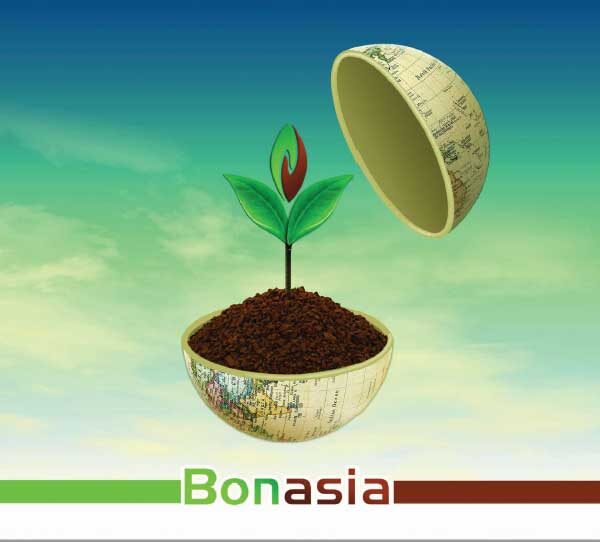
Transformations Of fertilizer nitrogen in the soil
Introduction
Nitrogen when applied to soil undergoes transformation processes before becoming available for plants. the following animation explains the soil nitrogen cycle for two different sources of nitrogen: ammonium nitrate and urea.
The first case
Nitrogen transformations when applying ammonium nitrate
Application of fertilizers, containing mineral nitrogen as ammonium and nitrate.
Organic fertilizers contain mostly complex forms of N and ammonium Uptake of nitrate is rapid due to the high particle mobility. Most planet therefore prefer nitrate over ammonium Uptake of ammonium is slower than that of nitrate. Ammonium is bound to clay particles in the soil and roots have to reach it. Most of the ammonium is therefor nitrified before it is taken-up by plants.
Nitrification by soil bacteria converts ammonium into nitrate between a few days and a few weeks .nitrous oxide and nitric oxide are lost to the atmosphere during the process.
Denitrification is favored by lack of oxygen (water logging).Soil bacteria convert nitrate and nitrite into gaseous nitrous oxide, nitric oxide and nitrogen .These are lost to the atmosphere
Immobilization transforms mineral nitrogen into the soil organic matter . Activity of soil microbes is mainly stimulated by ammonium. Immobilized nitrogen is not immediately available for plant uptake, but needs to be mineralized first.
Mineralization of soil organic matter (and manure) releases ammonium into the soil.
Ammonia volatilization occurs when ammonium is converted to ammonia and lost to the atmosphere. A high soil PH level and temperature favor conversion of ammonium to ammonia. If conversion takes place at the soil surface, losses are highest.
Leaching of nitrate occurs mainly during winter and Fallow periods when percolating rainfall washes residual and mineralized nitrates below the root zone. Accurate fertilization increases nitrogen use efficiency and reduces the risk of leaching during the growth period and afterwards.
The second case
Nitrogen transformations when applying urea
Application of fertilizers, containing mineral nitrogen as urea. Organic fertilizers contain mostly complex forms of nitrogen and ammonium.
Hydrolysis of urea by soil enzymes converts urea into ammonia and CO2 gas. Depending on temperature, hydrolysis takes a day to a week. The soil PH around the urea granules strongly increases during this process, favoring ammonia volatilization.
Ammonia volatilization occurs when ammonium is converted to ammonia and lost to the atmosphere. A high soil PH level and temperature favor conversion of ammonium to ammonia. If conversion takes place at the soil surface, losses are highest. These conditions are met when urea is spread and not immediately incorporated.
Nitrification, by soil bacteria converts ammonium into nitrates in between a few days and a few weeks. Nitrous oxide and nitric oxide are lost to the atmosphere during the process.
Uptake of nitrate, is rapid due to High particle mobility. Most plants therefor prefer nitrate over ammonium.
Uptake of ammonium is slower than that of nitrate. Ammonium is bound to clay particles in the soil and roots have to reach it . Most of the ammonium is therefor nitrified before it is taken-up by plants.
Denitrification is favored by lack of oxygen(water logging). Soil bacteria convert nitrate and nitrite into gaseous nitrous oxide, nitric oxide and nitrogen. These are lost to the atmosphere.
Immobilization transforms mineral nitrogen into soil organic matter. Activity of soil microbes is mainly stimulated by ammonium. Immobilized nitrogen is not immediately available for plant uptake, but needs to be mineralized first.
Mineralization of soil organic matter (and manure)releases ammonium into the soil.
leaching of nitrate occurs mainly during winter and Fallow periods when percolating rainfall washes residual and mineralized nitrates below the root zone. Accurate fertilization increases nitrogen use efficiency and reduces the risk of leaching during the growth period and afterwards.
Ammonium nitrate is taken-up directly by plants while urea first needs to be converted. Ammonium nitrate therefor offers a higher nitrogen use efficiency than urea. Ammonium nitrate thus reduces losses and environmental impact. .


